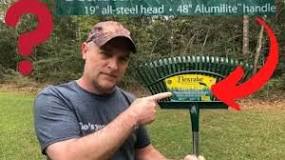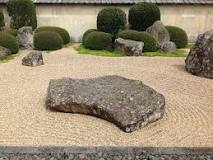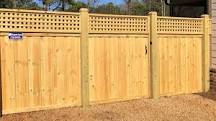So, when should you aerate in the spring? The short answer is early to mid-spring, ideally when your grass is actively growing but before it gets too hot. This timing helps your lawn recover quickly and take full advantage of the benefits of aeration.
Why Aerate?
Aeration is all about giving your lawn a little TLC. Here’s why you should consider it:
Relieves Compaction
Over time, your soil can get compacted, especially if you’ve got kids playing or pets running around. Aerating helps break up that compacted soil, allowing air, water, and nutrients to penetrate deeper.
Promotes Healthy Growth
When you aerate, you’re creating holes in the soil that encourage root growth. More roots mean a healthier lawn that can withstand drought and disease better.
Enhances Nutrient Uptake
Aeration also helps improve the effectiveness of fertilizers and other treatments. With better access to the soil, your grass can soak up those nutrients like a sponge.
When Exactly to Aerate?
Timing is everything. Here are some key points to consider:
Soil Temperature
Check the soil temperature! Aim for around 55°F to 65°F. You can use a soil thermometer for this. If it’s too cold, your grass won’t be growing enough to benefit from aeration.
Grass Type
Different grasses have different growth patterns. Cool-season grasses (like Kentucky bluegrass) thrive in early spring, while warm-season grasses (like Bermuda) do better later on. Make sure you know what type of grass you have!
Weather Conditions
Look for a nice stretch of mild weather. Avoid aerating right before heavy rain or extreme heat; both can stress your lawn more than help it.
Aftercare Tips
Once you’ve aerated, don’t just walk away! Here’s what you should do next:
Watering
Give your lawn a good drink after aeration. This helps the holes fill with water and nutrients, promoting faster recovery.
Fertilizing
Consider applying a fertilizer after aerating. This is prime time for your grass to absorb those nutrients.
Mowing
Hold off on mowing for a few days post-aeration. Let your grass settle in and recover from the process.
Summary
In summary, aerating your lawn in early to mid-spring is crucial for promoting healthy growth and nutrient uptake. By paying attention to soil temperature, grass type, and weather conditions, you can ensure that your lawn gets the best care possible. Remember to follow up with proper watering and fertilizing for optimal results!
FAQ
How often should I aerate my lawn?
Most lawns benefit from aeration once a year, but if you have heavy foot traffic or clay soil, you might want to do it twice a year.
Can I aerate my lawn myself?
Absolutely! You can rent an aerator from a local garden center or home improvement store. Just make sure to follow the instructions carefully.
What if I miss the spring window?
If you miss spring, don’t sweat it! You can still aerate in the fall when your grass is actively growing again. Just keep an eye on those temperatures!
Is it necessary to overseed after aerating?
While it’s not mandatory, overseeding after aeration can be beneficial. It helps fill in bare spots and promotes thicker growth.







